5 ways technology has changed the implant workflow
From the FDA to digital technology, implant technology is evolving all the time.
The explosion of digital technology has drastically changed the dental landscape.
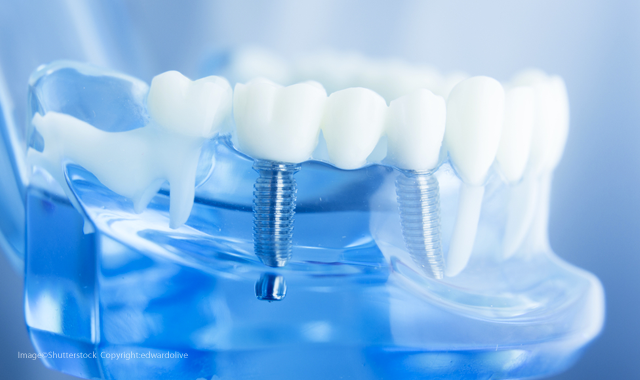
With a larger percentage of clinicians starting to go digital, the workflow for all types of patient care is changing. No workflow has changed more than implant-based restorations.
Related technique: How to do same-day implant restoration
Here, I will discuss five ways in which digital workflow has changed the way in which implants are restored.
Continue to the next page to see how technology has impacted the implant workflow.

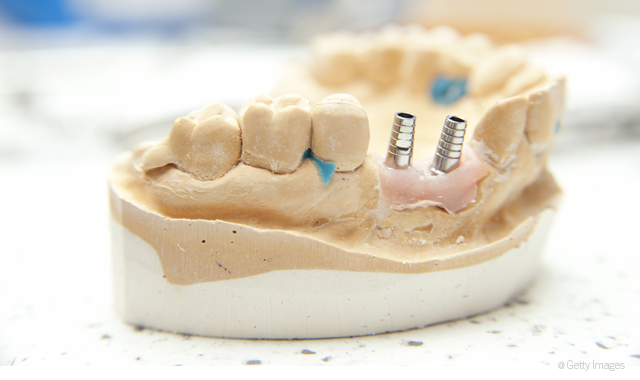
Custom prosthetics
The first big way technology has changed the implant workflow has been the availability of custom abutments. While custom abutments are not new to implant cases, the availability has increased. A few years ago, labs would have a difficult time finding custom prosthetics (outside of expensive UCLA cast abutments) they could control.
With digital technology in a large percentage of labs, labs are now able to plan the entire restoration (screw- or cement-retained) digitally and provide exceptional restorations for patients. The accuracy of digital information has allowed highly trained teams to deliver accurate restorations quicker and more predictably than ever before. This includes the growing prevalence of modeless restorations. Intraoral scanning of scan bodies can save time and money while providing exceptional accuracy when a case can be done modeless.


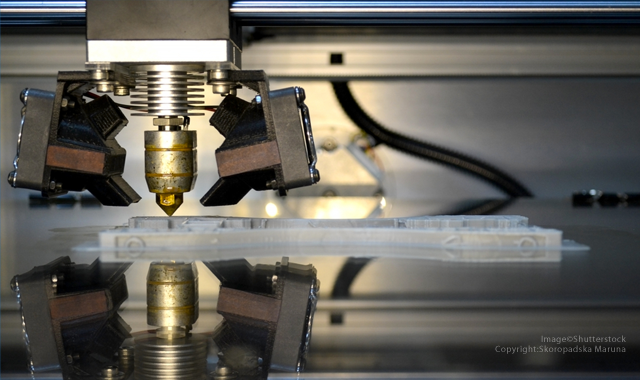
Guided surgery
While this has been available for years, the proliferation of different software has made surgical planning commonplace. As more software providers have entered the marketplace, this software become more and more desirable, both on the lab side as well as clinical. The accuracy of guided surgery has convinced many clinicians to move most if not all their implant surgeries to guided. Combine that with the cost of 3D printers coming down and the accuracy getting better, and there is a perfect storm to make guided surgery available to more people. The big winner here is the patient.


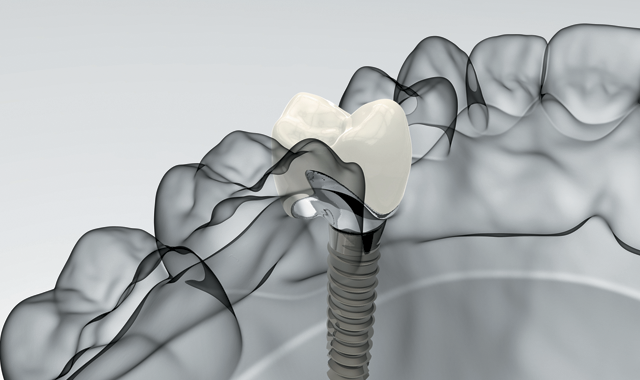
Custom prosthetics for time of surgery
With guided surgery software on the rise, some of these software solutions are able to provide implant positioning data to prosthetic design software. With this connection, the ability to design patient specific temporaries or healing abutments becomes the next step for a better outcome. This is a great example of how a complete digital workflow, not only makes appointments more efficient, but enables vastly improved case outcome.


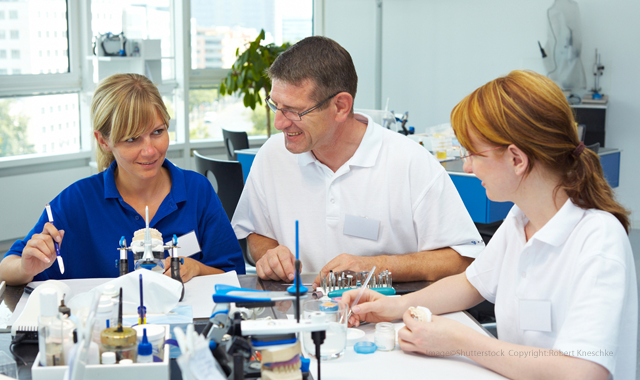
Laboratory involvement
Traditionally, implant surgery has had several degrees of separation for the dental labs. From the lab perspective, a case came in and the technicians had to work with what they had. The largest purchasers of guided surgery software are dental labs. They are doing this as a value-add to their clientele, and also to start planning the restorations prior to surgery. This has helped the technicians to better understand why an implant would be placed in a particular location or angulation.


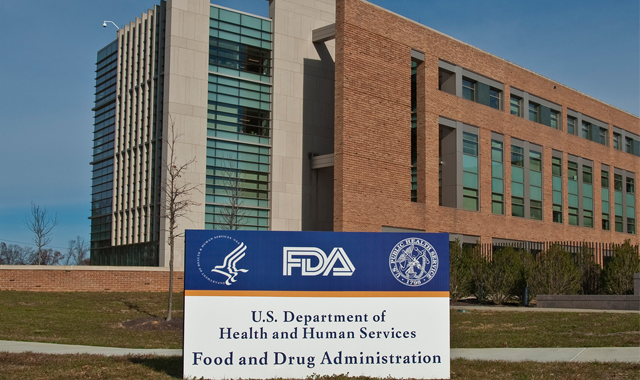
FDA involvement in laboratory
Dental labs have traditionally operated outside of FDA involvement. Several factors have converged to shine a light on the laboratory industry. Labs have been milling restorations for well over a decade. Recently the cost of these milling machines has come down to a point that makes them available to a majority of labs.
Additionally, the cost and accuracy of 3D printers has also made them an attractive asset to many labs. The desire to use these machines has pushed some labs into the realm of Medical Device Manufacturers. Custom abutments (and surgical guides) are medical devices, and require the manufacturer to register with the FDA. With the lack of experience of FDA registration within the lab field, many people didn’t know the regulatory standards for fabricating these prostheses.

Product Bites – January 19, 2024
January 19th 2024Product Bites makes sure you don't miss the next innovation for your practice. This week's Product Bites podcast features new launches from Adravision, Formlabs, Owandy Radiology, Henry Schein Orthodontics, Dental Creations, and Dental Blue Box. [5 Minutes]